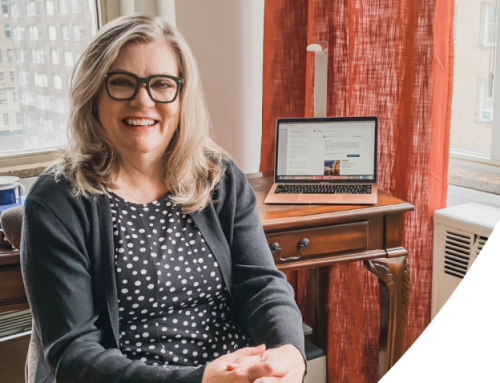Ever hear a quiet voice way back in your head that is telling you things aren’t quite right? Maybe it floats in just as you are drifting off to sleep, and suddenly you are awake with a jolt? Or maybe the doubts show up when you are alone and there is no one to drown out the persistent nagging narrative inside your head? Or maybe it shows up whenever you allow yourself to stop and be still, so instead you make sure you are always busy?
Some people identify with that voice as fear, some call it dread or worry, while others try not to name it at all and stay as far away from it as possible. For the sake of clarity today I’m going to call this experience anxiety.
Anxiety is the number one mental health complaint in the world with over 275 million people identifying with it. While descriptions vary as to how anxiety manifests itself in people’s lives, there are similar symptoms described by most people.
Anxiety is described with words like persistent worry, fear, impending doom, nervousness, and uneasiness.
These symptoms can lead to an elevated heart rate, feelings of weakness or fatigue, trouble concentrating, difficulty sleeping and/or an urge to avoid. People complain that these symptoms make it difficult in personal and professional relationships and that it can impact their quality of life.
The problem with these feelings are twofold. They are unpleasant of course. No one likes feeling uneasy, fearful or having constant worry. But as we encounter these feelings and thoughts, the urge to avoid only makes us try to push that voice away at any cost. There begins the internal battle. We have feelings that we don’t want to feel so we engage in activities that help us forget, for a little while, the deep unpleasantness inside.
Maybe it would help if we looked at anxiety in a different way. What if we looked at it as a helpful roadmap trying to assist in making different choices.
The way I understand my anxiety when it shows up is that it is information. Why am I feeling uneasy today? What is the worry really about?
Instead of avoiding and trying to shove that worry away, what if I turned toward it and allowed it to inform me of what the problem really is? What are we truly afraid of? Is it the anxiety or what would be revealed if we actually embraced what the anxiety was trying to tell us?
If you’ve ever spoken with me you will know that I often describe anxiety as an argument. I see it as an internal argument within our mind where we see things as they are but wish for them to be different.
Maybe I am tired of feeling like I don’t get to make decisions for myself. Or maybe I find myself at an age where I thought I would have it all figured out by now? Maybe there are aspects of my relationships that are not as fulfilling as I want them to be but I allow myself to be dissatisfied because I worry I’m not worthy of anything more?
Whatever the “truth” is, we are actively trying to avoid it and the anxiety comes in to tell us something is really wrong. If a neighbor knocked on the door to tell you your house is on fire, would you tell them to go away and just hide under your couch? Chances are you would do something about the fact that there is an emergency in your life and dealing with the fire is essential in order to save yourself.
Turning toward the anxiety can be difficult. It may feel overwhelming and oftentimes we don’t know where to start. But starting is essential, taking a step to begin to be honest with ourselves about what needs our attention is the only way I know through the pain to the other side.




